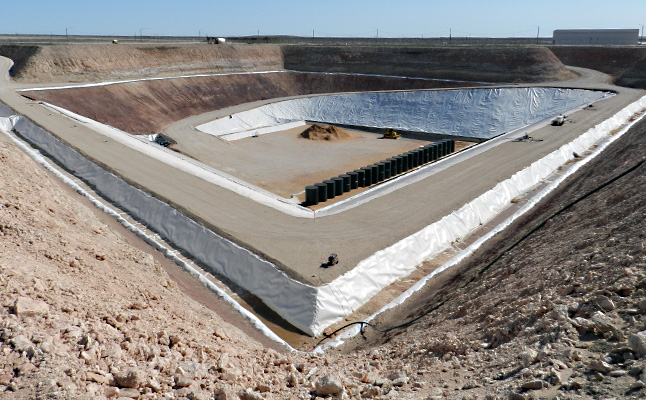Originally published on The Verge.
By

The transportation cask on a train | Photo: Sandia National Laboratories
Researchers sent a nuclear waste container on a 14,500-mile odyssey by truck, barge, cargo ship, and train in an effort to understand how well radioactive fuel would stand up to travel.
That’s important to find out. Right now, “the US does not currently operate a large-scale transportation system for [spent nuclear fuel],” according to a report prepared for the Department of Energy in 2016. But one day, the plan is for all the spent nuclear fuel from power plants to go to a central storage repository. And then, “the number of these shipments by road and rail is expected to increase,” according to the Nuclear Regulatory Commission(NRC), the government agency that oversees the nuclear industry.
There have been decades of spent nuclear fuel transportation around the world. “At least 25,400 shipments of [spent nuclear fuel] have been made worldwide, but likely more than 44,400,” the DOE report says. So we know the containers, also known as casks, that the spent nuclear fuel travels in are pretty tough. New container designs go through a series of tests where they’re dropped, lit on fire, and submerged in water before the NRC certifies them for use. None of these containers have leaked in over 40 years of transporting nuclear waste, the NRC says.
“The risk is very low,” says Sylvia Saltzstein, manager of spent nuclear fuel, storage, transportation, and safeguards at Sandia National Laboratories. “I would have no qualms about this driving through my neighborhood.”
Read the full story on The Verge.




